It’s time for the March episode of The Hot Mess Business Podcast! I’ve decided that a monthly publish schedule is a good fit for the moment, but I hope to increase frequency later in the year!
In This Episode…
I talk with La'Vista Jones from 31 Marketplace about all things business efficiency, including...
How she got bullied into starting her own business
The predictable "crossroads" when many business owners begin to feel overwhelmed
The power of a "Brain Dump Session" to get the mess of your business out of your mind
Why partnering with operationally-minded people might be the key to scaling your business
How she regularly uses "quiet time" to find a path forward
Employing a "business bully" to hold you accountable to your business goals
Seeking help in whatever way you can
About My Guest
La'Vista Jones, CLBC is a certified coach and business strategist. She's also an author, speaker and community builder. She uses her former corporate experience and acumen to support other entrepreneurs in the marketplace. Her desire is to help business owners merge setting foundations for sustainability and growth with prioritizing their own self-care.
La'Vista's unique magic is bringing order to the overwhelm that many solopreneurs experience in life and business. Her work focuses on streamlining processes and identifying operational gaps as well as outsourcing opportunities. La'Vista's creative approach to business analysis and implementation saves her clients valuable time that they can then spend on their own self-care routines.
An Ohio native, La'Vista currently resides in Arizona with her husband, their son, ‘The Cub’ and fur baby, Bull Dozer.
You can find out more about her at thirtyonemarketplace.com and on Instagram @lavistajones
La'Vista knows her stuff and I hope her simple, actionable strategies inspire you to take the first step in getting help with your feelings of overwhelm.









